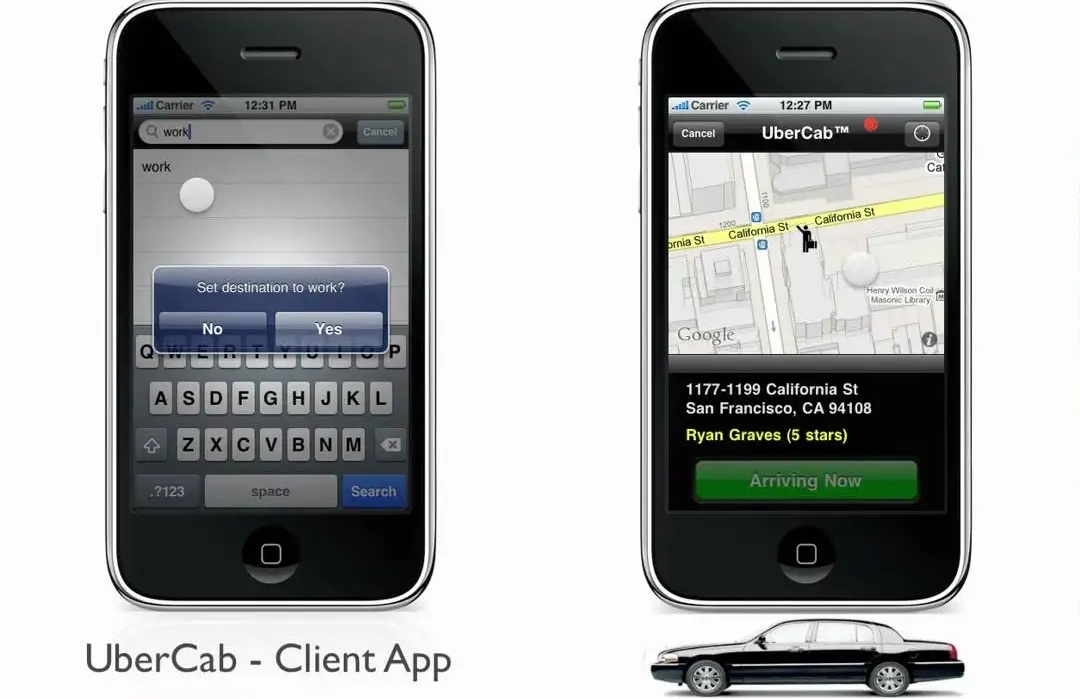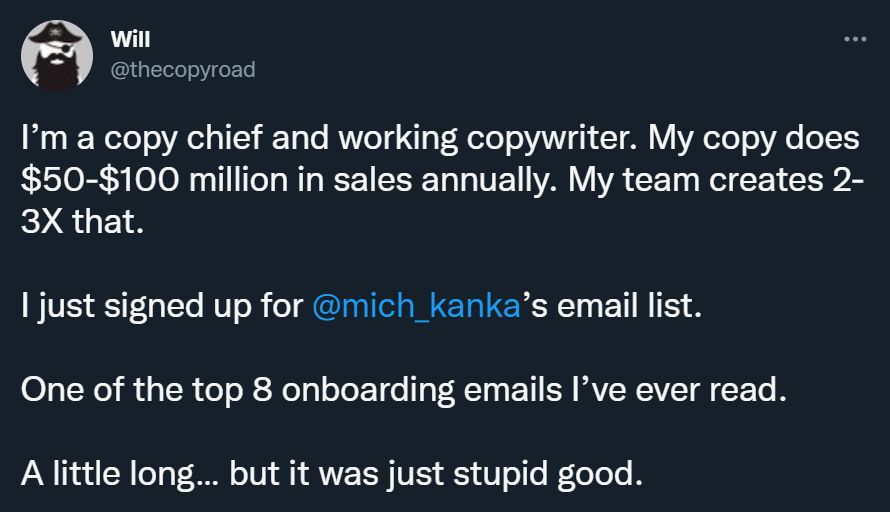How Uber got its first users?

UberCab was founded in 2009. Garrett Camp and Travis Kalanick had only three cars at that moment. The idea was born on a winter evening when the two couldn't get a cab. They thought that taking a ride with a simple screen tap would be a great thing.
UberCab was Camp's side project. He worked on it between 2009 and 2010. The guys looked for employees on the Internet (e.g. Twitter).
At first they started to look for the cities with the biggest gap between supply and demand for taxi. San Francisco was perfect for that.
In its beginnings, Uber let its users order only a black luxury car with professional drivers for the price of 1.5 times the taxi price. This way, the perceived value of the service was high, and it kickstarted the word of mouth.
Then they recognized the weeks and the weekends with the highest demands on the cab services (Austin’s SXSW Conference, late parties, concerts, sporting events, BBQ deliveries) and offered their services (sometimes even for free). This way they acquired thousands of customers within the shortest possible time periods, with a minimal budget.
“First, they figured out how to get a bunch of customers all in one night, when the demand was high. Then, they made sure this first group of users had a great experience and brought in the next wave of customers via word-of-mouth”.

Ubercab.com 2010
They also reached out to journalists wrote about tech startups to test their services, and if they liked the experience, they asked them to write about it.
Other than that, they handed referral codes on the streets, like Caltrain station and even went to Twitter HQ to personally give the codes and promote Uber.
Early on, they targetted people for potential Uber driver roles through ads. They've recognized the most important factors of these people, like part-time workers, owning a car, low-wage workers, etc.
When they wanted to expand to other cities, they once again distilled the most important factors, such as the density of restaurants, nightlife, holiday and event destinations, sports facilities, and bad weather. They then chose cities that had all of these characteristics.
When Uber started in a new city, they gave out free ride credits to people living there. They also shared these credits with local influencers, businesses, and media contacts.
Get your
"oh sh*t, this might work for us!"
moment in the next 5 minutes
Viral marketing case studies and marketing psychology principles that made hundreds of millions in months or weeks
In the first email:
- a step-by-step strategy that made $0-$30M within 9 weeks with $0 marketing budget (case study)
- cheatsheet (PDF) of 10 biases in marketing used by top 2% companies
Other than that:
- weekly original content that helps you STAND OUT by providing more perceived value with less work

(You won't find it anywhere else)

Explore Cognitive Biases in Marketing